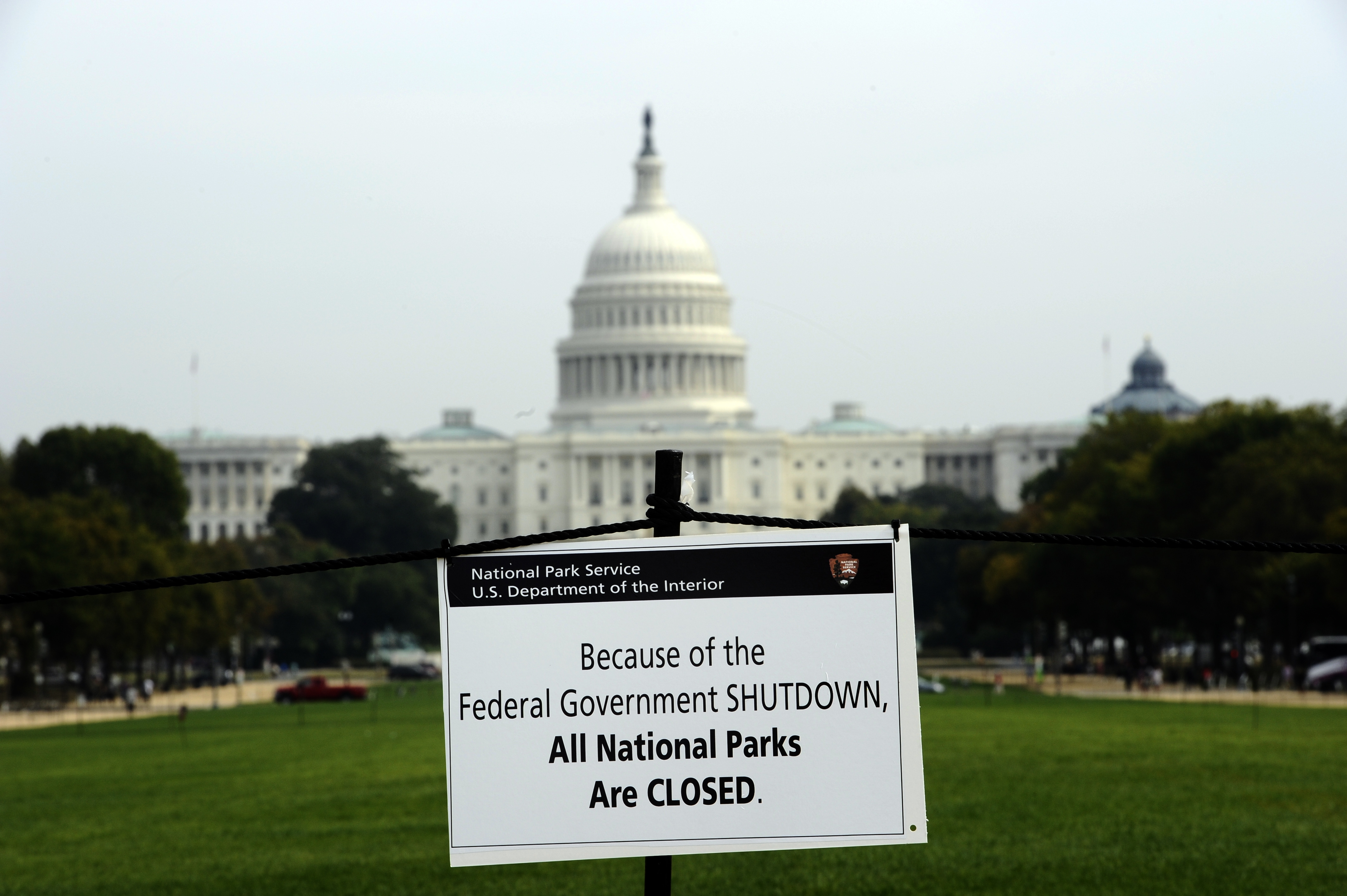As the partial government shutdown drags on into a record fifth week, questions remain as to who is affected and when the matter will be resolved. In order to better educate the Oklahoma Christian University student body, the Talon has compiled data on how the shutdown is impacting people across the nation and what the consequences could be if it continues.
What caused the shutdown?
Disagreement between President Donald Trump and Democratic members of Congress on funding for a southern border wall between the U.S. and Mexico has stalled the enactment of the fiscal year 2019 budget, which must be approved in order for the federal government to operate at full capacity. Trump is asking for $5.6 billion from Congress to begin construction on the wall, which could end up costing taxpayers more than $20 billion to complete.
Democratic leaders, led by House Minority Leader Chuck Schumer and Speaker of the House Nancy Pelosi, have offered $1.3 billion for additional border security and technology, under the condition it not be used to construct a physical barrier. With neither party compromising on their demands, negotiations to end the shutdown have so far proven futile.
Who is affected?
Approximately 330,000 federal workers are furloughed, or temporarily laid off, and are not working. Another 470,000 essential federal employees are working without knowing when their next paycheck will arrive. On Tuesday, Trump ordered 50,000 federal workers—including 36,000 IRS employees—back to work with paychecks delayed indefinitely.
After missing their first paychecks on Jan. 11, some government employees began applying for unemployment benefits. An increasing number of TSA agents have started calling in sick in protest of delayed payment, causing airport terminals at some major U.S. airports to close. The Professional Air Traffic Controllers union sued Trump last Friday after not receiving their paychecks.
While essential employees were guaranteed pay from the beginning of the shutdown, the payment of furloughed employees was not guaranteed until Wednesday, when Trump signed legislation guaranteeing they be given back pay once the shutdown is concluded.
Contractors who provide services for the government also remain out of work, but do not expect to be given back pay.
Some privately employed citizens are also feeling effects from the shutdown. Several national parks remain closed, while the open ones are operating with minimal amenities available. With tens of thousands of IRS workers still furloughed, there is mounting concern tax refunds will be significantly delayed. Approximately 38 million low-income Americans who rely upon the Supplemental Nutrition Assistance Program, also known as SNAP or food stamps, could see their benefits disappear in March if the shutdown continues into February.
Scientific research, which could benefit the general public, has been halted indefinitely. As an estimated 43 percent of Cybersecurity and Infrastructure Security Agency workers remain furloughed, experts warn a major cyber-attack could be on the horizon.
What economic impact has the shutdown had so far?
The shutdown’s negative impact on the economy will likely exceed the $5.6 billion Trump is requesting to begin construction on a southern border wall, according to an estimate by S&P Global Rankings.
The economy has already lost approximately one half of a percentage point of growth due to the shutdown, according to estimates by the Trump administration. In the first quarter of 2018, the economy saw growth of 2.2 percent.
Wells Fargo retail analysts predict the government shutdown may soon take aim at retailers who sell discretionary items, such as consumer electronics and sporting goods, as tax returns are delayed and government workers struggle to make ends meet. While some losses could be made up for when workers receive back pay, most of this money will likely goes toward paying back bills and replenishing savings accounts, the article notes.
Some experts worry a prolonged shutdown, which sees government workers miss multiple paychecks, could significantly slow down a growing economy or even trigger a new recession.
How is the shutdown impacting college students?
Federal financial aid for the 2018-2019 school year was appropriated months ago, meaning students enrolled this academic year do not need to worry about receiving their disbursements.
When attempting to complete the Federal Application for Federal Student Aid, or FAFSA, some students have run into issues not being able to access income-verifying documents from the IRS. Due to the shutdown, the Department of Education announced Jan. 9 they would relax their guidelines and allow applicants to submit alternative forms of income verification.
Problems could arise if the shutdown continues into March and April, when universities begin preparing to distribute aid for the 2019-2020 school year. As part of the verification process, the government checks with the Selective Service System to confirm eligible male students have registered for the draft prior to distributing aid. Those checks have been halted due to the shutdown, and there is currently no workaround to this process.
Public universities in Connecticut and Nevada are considering offering temporary tuition reprieves to students whose families have been affected by the shutdown. Some students in other states are relying on donations from GoFundMe pages to stay in school.
Who do Americans blame?
In a Jan. 13 poll conducted by ABC News and The Washington Post, 53 percent of Americans said Trump and congressional Republicans were responsible for causing the shutdown, while 29 percent placed blame on Democrats. Another 13 percent said both parties were equally culpable.
What is the latest? Is a resolution coming soon?
After a bipartisan group of senators failed to gain traction in persuading the president to temporarily reopen the government earlier this week, it appears a deal will have to be made between Pelosi and Trump. This resolution could be a ways off as Trump “remains silent,” according to Pelosi.
On Wednesday, Pelosi sent a letter to Trump requesting the annual State of the Union Address be postponed from Jan. 29 to until after the shutdown has concluded, implying government leaders expect the matter to remain unresolved until at least the end of the month.












Be First to Comment